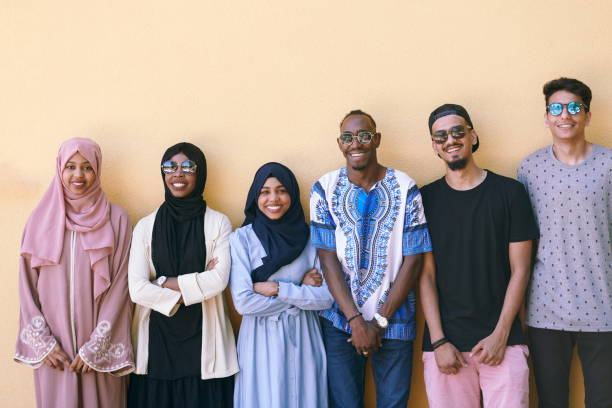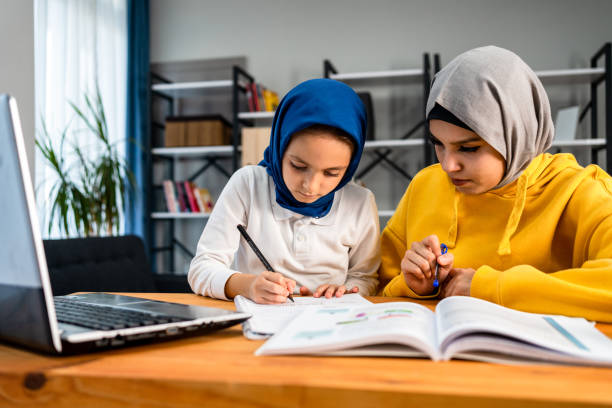The Impact of Hijab on Education in the US
The hijab is a religious garment worn by Muslim women to cover their hair and neck. It is a symbol of modesty and faith, and it has been a part of Islamic culture for centuries. In this blog post we will see, The Impact of Hijab on Education in the US.
In the United States, the hijab has become increasingly visible in recent years. This is due in part to the growing Muslim population in the US, as well as the increasing visibility of Muslim women in public life.
The hijab has also become a topic of debate in the US, particularly in the context of education. Some people believe that the hijab should be banned from schools, while others believe that it is a form of religious expression that should be protected.
The Impact of Hijab on Muslim Students

The impact of hijab on Muslim students in the US can vary depending on a number of factors, including the school environment, the student’s individual experiences, and the broader political climate.
In some cases, Muslim students who wear the hijab have reported feeling discriminated against or harassed. They may be made to feel like they do not belong, or they may be subjected to negative comments or stereotypes.
In other cases, Muslim students who wear the hijab have reported feeling empowered and confident. They may feel that the hijab allows them to express their religious beliefs proudly, and they may feel that it gives them a sense of community.
The Impact of Hijab on Schools

The impact of hijab on schools can also vary. Some schools have policies that explicitly allow students to wear the hijab, while others have policies that are more ambiguous.
In schools where the hijab is allowed, there may be some challenges. For example, teachers may need to be trained on how to interact with Muslim students who wear the hijab, and students may need to be educated about the hijab and its religious significance.
However, schools that allow the hijab can also benefit from the diversity that it brings. Muslim students who wear the hijab can help to enrich the school community, and they can help to teach other students about different cultures and religions.
Conclusion
The impact of hijab on education in the US is a complex issue. There are both positive and negative impacts, and the experience of individual students can vary depending on a number of factors.
It is important for schools to be aware of the potential challenges and benefits of the hijab, and to develop policies that are fair and inclusive. It is also important for schools to provide support to Muslim students who wear the hijab, and to help them to feel welcome and respected.
I hope you enjoyed this blog post on the impact of hijab on education in the US. If you have any questions or comments, please feel free to leave them below.






